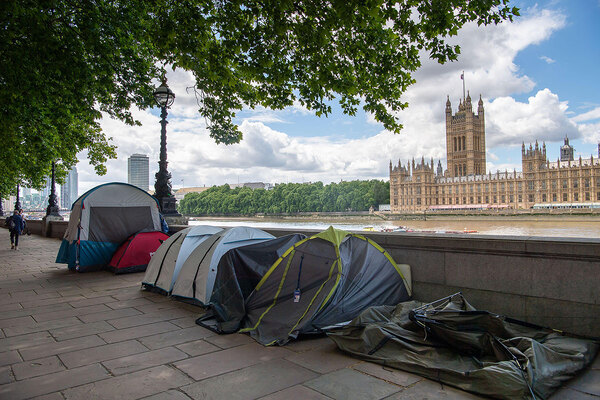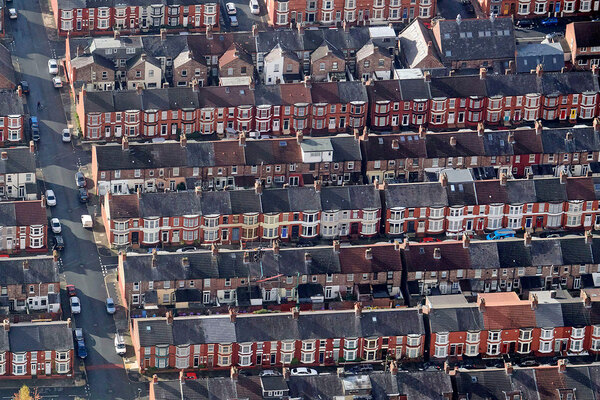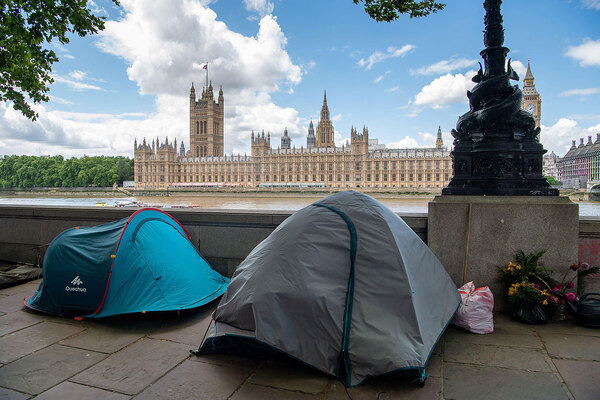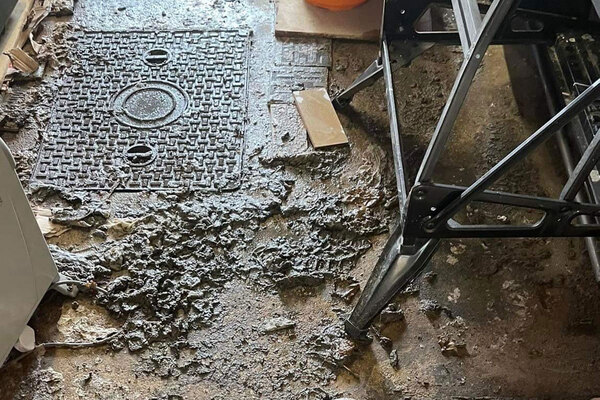You are viewing 1 of your 1 free articles

The future is only bright if it’s inclusive
We need to consider a world where inclusive design is the norm and raise our voices to make it a reality, argues Kathryn Gundry
In the not-too-distant future, I want to get to a place where I don’t have to scope out where I’m going to ensure my mum will be able to join me in the venue. I don’t want to have to check whether a restaurant has disabled access or ground-floor facilities. It should be a given.
Since my mum’s multiple sclerosis (MS) diagnosis, she’s had to move four times to get accommodation that suits her changing needs. From a house, to a bungalow, to sheltered accommodation. I don’t want my mum to have to go through the upheaval and stress of being forced to move again (nor any other disabled or older person, for that matter) because her physical needs change. And I can see a path to an as-yet undetermined point in the future where she won’t have to, if the government, local authorities, developers, housing sector and design specialists all share the same vision.
In 50 years’ time, inclusive design must be the norm. Good design is inclusive and should be the baseline for all projects – new build, retrofit, commercial and domestic – and not just available for those who can afford it.
There are plans for 1.5 million new homes to meet the needs of the growing population. However, the vast majority of these are only planned to be built to the minimum accessibility standard. This is why inclusive design needs to be mandatory, because if not, there’s little incentive for housing developers to build homes that meet the needs of the whole population.
In the past year, a coalition of 10 organisations calling for urgent action to tackle the UK’s acute and growing shortage of accessible homes has created the Housing Made for Everyone (HoME) coalition. A key part of the HoME coalition’s charter proposes making ‘Building Regulations M4(2): Category 2 – Accessible and Adaptable Dwellings’ the mandatory baseline for all new homes (it’s currently an optional requirement).
This is essential for housing development in the next 50 years to ensure that all new houses are accessible and enable all disabled people to visit their friends and families.
Local authorities currently have an affordable housing obligation as part of the planning system to help meet housing needs. It’s important we also have a similar obligation for accessible homes. In my opinion, planning should require all homes to meet at least M4(2) where possible, with a proportionate percentage achieving M4(3) (wheelchair user dwellings).
Building regulations are somewhat limited and restrictive. We need to go further to ensure there is the opportunity for appropriately designed homes for people with profound and multiple learning difficulties, providing them with housing choices that allow them to live independently.
Many people don’t see the need for adaptable housing until they’ve experienced the crippling effect of being isolated. With current new build housing, when someone has a broken leg (for example) they may not be able to return home safely. This reduces the level of effective hospital discharge in many cases. Homes built to an M4(2) standard make housing more accessible for other people, too – from cyclists to families with young children in pushchairs. This standard has benefits for many different people in society and should be looked at as a design priority.
The government is consulting on proposals for ways to raise the accessibility standards of new homes. I urge people to respond. We must improve housing stock to meet the needs of current and future generations of older and disabled people, and for a step change to happen we need many voices singing from the same hymn sheet.
My mum wasn’t diagnosed with MS until she was in her 50s. None of us saw it coming. None of us knows what will happen as we get older. That’s why it’s important we act now to secure the housing future of those who will come after us, our children and their children, and respond to the government’s consultation on accessible housing standards.
The HoME coalition has created a simple response guide to help you shape your response to the consultation. Make sure you have your say before 11.45pm on 1 December.
Kathryn Gundry, architect, Archadia Chartered Architects








